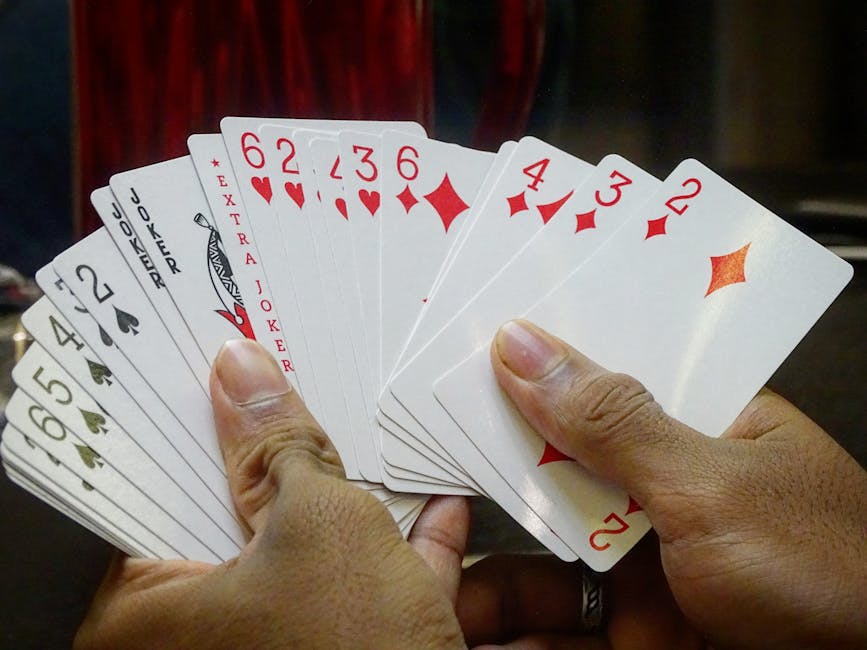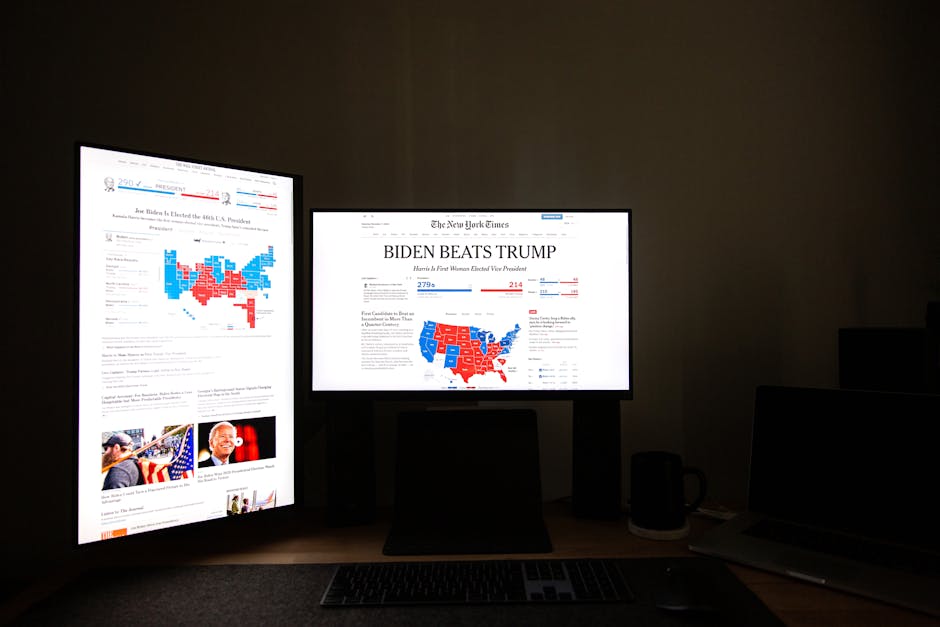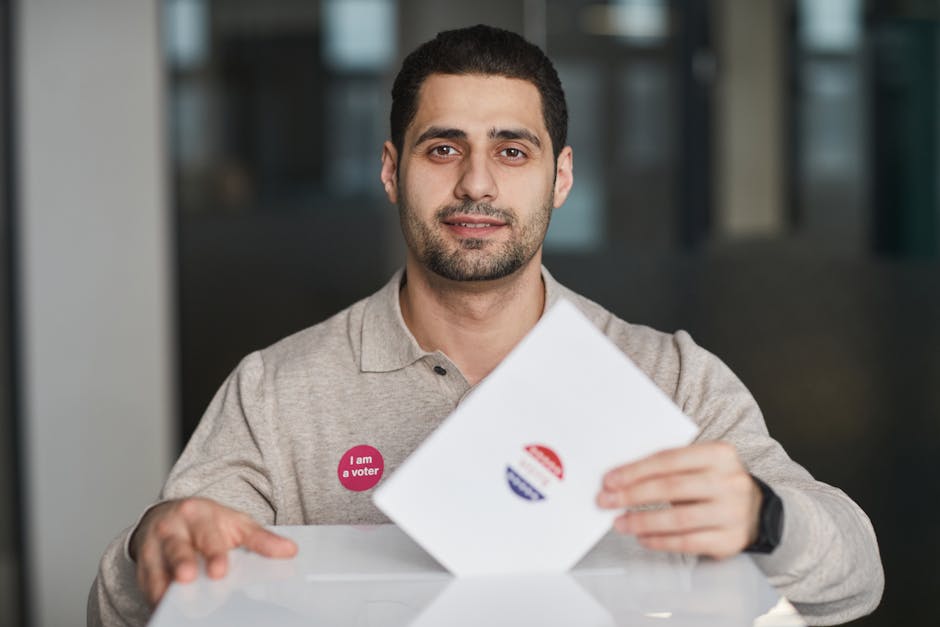In the high-stakes world of global trade negotiations, India is signaling unwavering confidence to the United States: We can wait. As talks for a bilateral trade deal continue, India’s deliberate patience has emerged as a strategic strength. But what’s driving New Delhi’s composure, and why does time favor India?
India’s Calculated Trade Strategy
The US has long sought greater access to India’s markets, particularly in agriculture, dairy, and e-commerce. In return, India wants relaxed visa rules for IT professionals and reinstatement of trade benefits under the Generalized System of Preferences (GSP), scrapped by the US in 2019.
Unlike past negotiations, India now exhibits a disciplined, long-term approach. A senior commerce ministry official told NextMinuteNews: “We aren’t desperate. If terms aren’t favorable, we’ll wait.” This shift underscores India’s focus on sustainable gains over quick wins.
4 Reasons India Holds the Upper Hand
-
Domestic Market Strength
With a booming middle class and digital economy, India’s internal demand buffers it against external trade pressures. Consumer spending and infrastructure growth reduce reliance on immediate US concessions. -
Diversified Global Partnerships
Recent deals with the UAE, Australia, and EFTA nations broaden India’s trade options, diminishing US leverage. These agreements also align with India’s goal to become a global manufacturing hub. -
Geopolitical Significance
As the US counters China’s influence, India’s role as a regional ally amplifies its bargaining power. Washington’s need for strategic collaboration gives New Delhi negotiating room. -
Manufacturing Boom (China+1 Strategy)
With giants like Apple and Tesla expanding operations, India’s appeal as an alternative to China grows—strengthening its position in supply chain discussions.
Key Sticking Points in US-India Trade Talks
- Agriculture: US demands lower tariffs on almonds, apples, and dairy clash with India’s protection of its farming sector.
- Digital Trade: US tech firms oppose India’s data localization rules, while India prioritizes digital sovereignty.
- Visas: H-1B visa ease remains a political hot potato in the US, despite India’s push for smoother IT worker mobility.
Why India’s Patience is a Smart Play
Trade expert Priya Menon notes: “A hurried deal risks locking India into weak terms, especially in tech and agriculture. Holding out ensures alignment with ‘Atmanirbhar Bharat’ goals.”
With US elections looming, India may also anticipate a more stable negotiating landscape post-2024.
The Bottom Line
India’s calm stance reflects mature economic diplomacy. As External Affairs Minister S. Jaishankar asserts: “Trade deals are about balancing interests, not just numbers.” For now, India’s strategy is clear: Wait for equitable terms—or walk away.
Do you think India should delay for better conditions, or speed up negotiations? Share your take below!
— By [Your Name], NextMinuteNews




